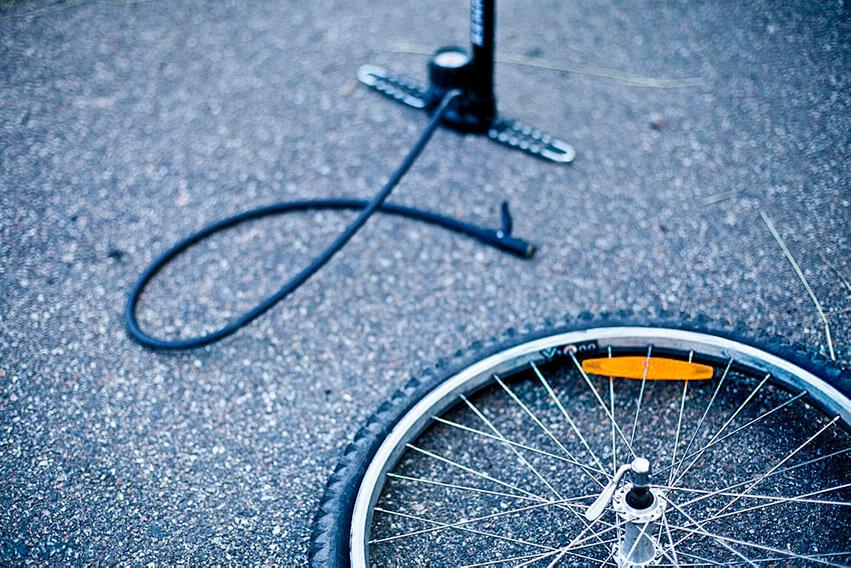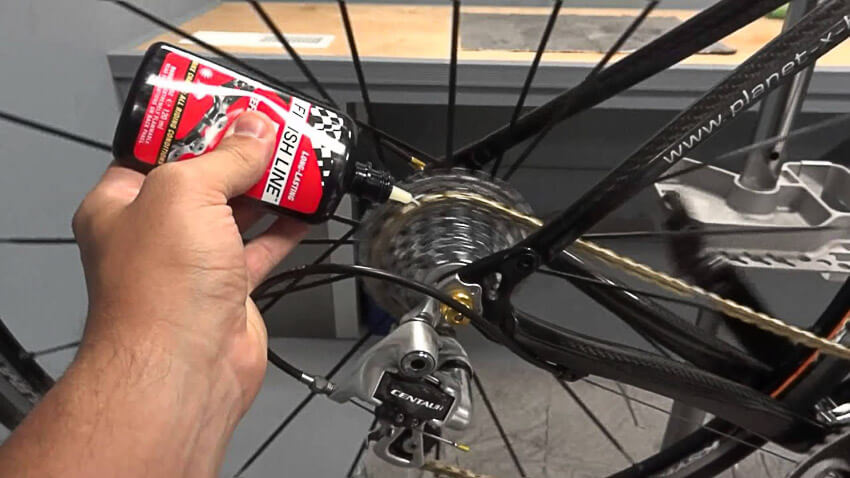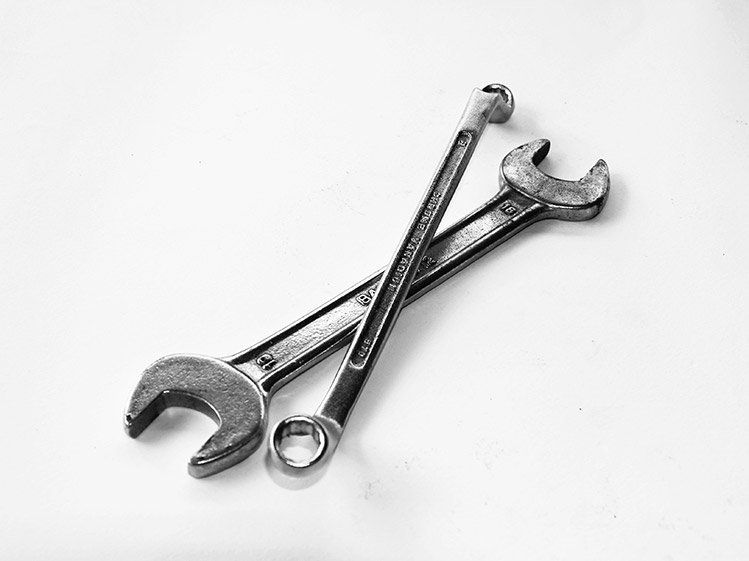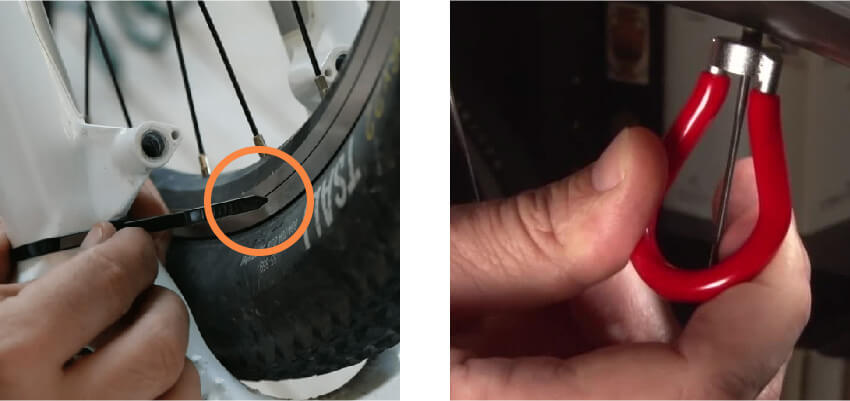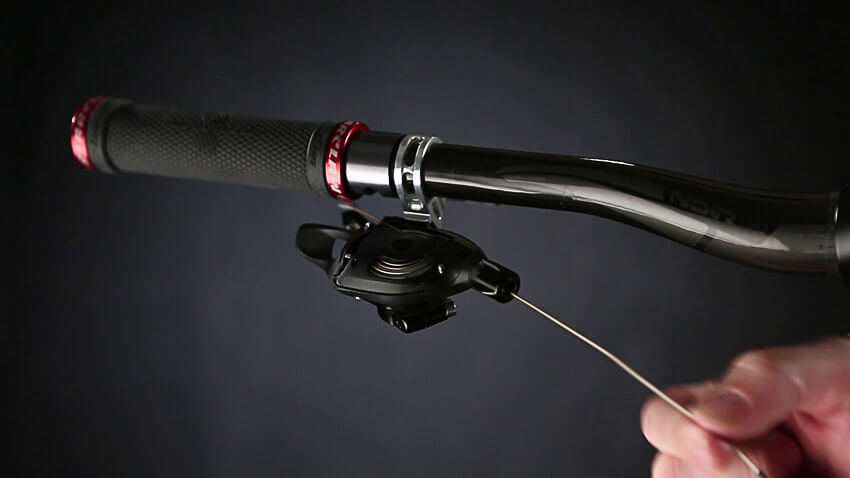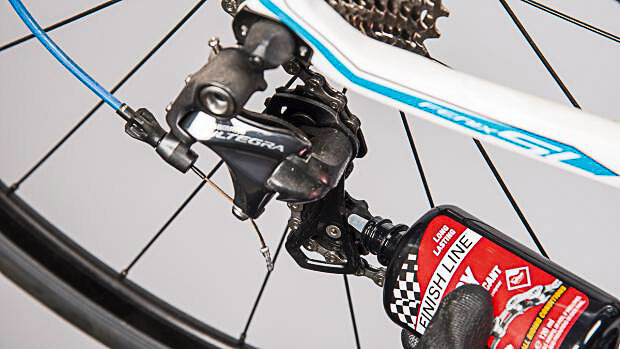So you want to buy a road bike. Or maybe you just think you do? In this article, we’re going to have a chat about road bikes. What are they? What choices have you got when you buy one? What features should you look for? Let’s find out.
What’s a road bike?
As the name suggests, road bikes are primarily designed for riding on the road. They let you cover lots of ground quickly and efficiently, and can be more comfortable if you’re looking to go further. Apart from some extreme exceptions, road bikes don’t have suspension like most mountain bikes and some hybrids.
There are a few things just about all road bikes have in common. Compared to mountain bikes, they have skinny tyres that usually have very little tread. They’ve also got ‘drop’ handlebars that curve forwards and give you a selection of comfortable and aerodynamic hand positions. Compared to other bikes, they’ve also generally got larger (that is, more ‘difficult’) gears for you to shift into when you’re late for work.
On a road bike, the brake levers and gear shifters are usually combined, and stick out from the front of the handlebars to give you an extra hand position. They also let you change gear without taking your hands off the bars.
Is it as simple as that?
Come on. Nothing is ever as simple as that. Just like a lot of cycling kit, there are loads of different road bikes designed for all different kinds of riding. Whether you’re looking for an all-out race machine for tarmac circuits or you want a relaxed ride for touring or picking up the shopping on mixed surfaces, you can find something that suits your needs.
Road bikes are available across the whole spectrum from race to relax, and we’ll cover what to look for to make sure that your bike matches your needs later. However, there are some things you can look out for that are common across almost all road bikes:
Materials
We’re talking about frame materials here. Road bike frames can be made of a few different materials, and each has its advantages and disadvantages:
- Steel is the most traditional material for bike frames. It’s really durable, and the slight flex it offers means many riders love its ride quality. There are many kinds of steel, so you can often find steel frames in very cheap as well as quite high-end bikes. Steel frames are generally a bit heavier.
- Aluminium bikes are probably the most common. They’re good value, light, and stiff. The only real downsides are that they’re traditionally considered to be something of a harsh ride. However, modern aluminium frames can be engineered to ride brilliantly.
- Carbon bikes have been the big daddy for a long time now. The benefit of carbon is that clever manufacturing techniques can be used to manipulate the materials, giving you a super-light frame that’s stiff in one direction and flexes in another. Historically only available on higher-end bikes, it’s now easy to pick up a carbon bike for a great price. It’s common to see a carbon fork combined with a non-carbon frame, as this is a great place to feel the benefits.
- Titanium has always been a bit of a left-field choice. Light and strong, and with a smooth ride, you’ll often see them with no paint. This is because titanium doesn’t need protection from the elements. A titanium bike is often considered a ‘bike for life’.
Brakes
Nowadays, you have a choice to make when it comes to the kind of brakes you want on your road bike:
- Rim brakes are more traditional and use a caliper mounted near the outside of the wheel. These brakes squeeze brake pads onto the wheel rim to slow you down. They’re lighter, cheaper, and easy to maintain, but lose power in wet conditions and eventually wear out your rims.
- Disc brakes use a separate brake rotor and mount the calipers near the middle of the wheel. As a result, they perform just about the same in all conditions and don’t wear out your wheels. Another bonus is that many disc brakes are much more powerful than rim brakes. While your stopping distance might be limited by how much grip your tyres have, more powerful brakes mean you can more easily modulate your braking for better control.
Disc brakes are an excellent choice if you ride in all weathers or are a commuter. As well as good all-weather performance, using disc brakes means you don’t get horrible black muck all over the shop when you have to fix a puncture.
Mudguards and panniers
If you’re going to be riding every day or you want to carry some luggage, you should look out for mounts for mudguards and pannier racks. Threaded holes by the wheel axles can be used to mount mudguards to your bike.
Now, mudguards aren’t going to stop the rain from landing on your head. What they do stop, though, is dirty water getting splashed up from the road into your face and up your back. They also help to keep grit and other nastiness off your drivetrain that would otherwise make it wear more quickly.
A pannier rack lets you use panniers, which mean that your bike can carry the weight of your work clothes, laptop, lunchbox, shopping, or whatever else you’re lugging around. They can give you much more capacity than a rucksack and are easier on your back.
What are you going to do with it?
This should be the main driving force behind the decisions you make. When you start looking for a bike, have a proper think. What do you see yourself doing with it? Are you racing or trying to go faster? Going to work or the shops? Riding around to get active and be outdoors? Don’t worry, you haven’t got to be specific. All you need is an idea of what you’re going to be doing with the bike after you’ve bought it.
Of course, there are bikes for all sorts of specific needs and niches, but they generally fall on a spectrum between racing and endurance. All-out speed often (but not always) comes at the expense of comfort and practicality, so you just need to decide how much of one you’re going to trade for the other. Here are some of the ways that a bike might change depending on whether it’s designed for all-out speed or mile-munching comfort:
- Stiffness or compliance – some modern bikes claim to provide both, but generally, a more race-oriented bike will be stiffer and a harsher ride, while an endurance bike will have a little more ‘give’ to soak up the bumps.
- Long and low or short and tall – racing bikes have a long and low geometry, stretching you out and hunching you over into a more aerodynamic position. Endurance bikes bring the handlebars closer and raise them for more comfort.
- Fast handling or stable handling – tight angles and a short wheelbase on race bikes can make them feel ‘twitchy’, while the opposite on endurance bikes gives a more relaxed and stable ride.
- Endurance bikes are more likely to feature room for disc brakes, wider tyres, and mudguard and rack eyelets which make them more suited to being utility bikes.
Gravel and Adventure Bikes
Gravel and adventure bikes are the new kid on the road bike block. Put simply, gravel and adventure bikes are probably the most versatile two-wheeled machines available – perfect if you want to throw in a bridleway or two on your favourite road loop or plan a weekend bikepacking adventure. Their attributes also make them suitable for winter road riding. We’ve covered this topic in more detail in our guide to winter road bikes.
Models tend to sit somewhere on a sliding scale from what is essentially a drop-bar mountain bike, to something that looks like a traditional road bike but with fatter tyres and far more relaxed geometry.
Want to learn more about gravel and adventure bikes? Have a butcher's at our buyer's guide.
Cyclocross Bikes
Another important category that shouldn’t be forgotten is cyclocross bikes. Similar to gravel and adventure bikes, they too have drop handlebars and are traditionally made for riding off-road, but they can make great commuters or winter trainers.
Another way?
This guide wouldn't be complete without mentioning electric road bikes. We're starting to see an explosion in road bikes with pedal assistance as more and more manufacturers add them to their range. Here at Cycle Republic, we think electric bikes are great and for road riders, they make plenty of sense. Ride for longer, ride further, ride harder or simply enjoy a leisurely commute to work - electric road bikes have plenty of uses.
Read more in our electric road bikes buyer's guide.

.jpg)
.jpg)
.jpg)
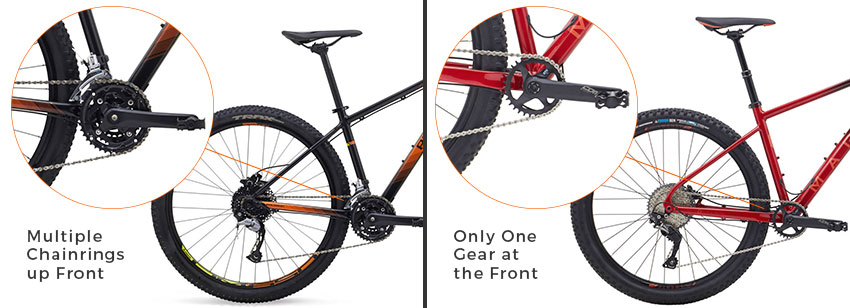




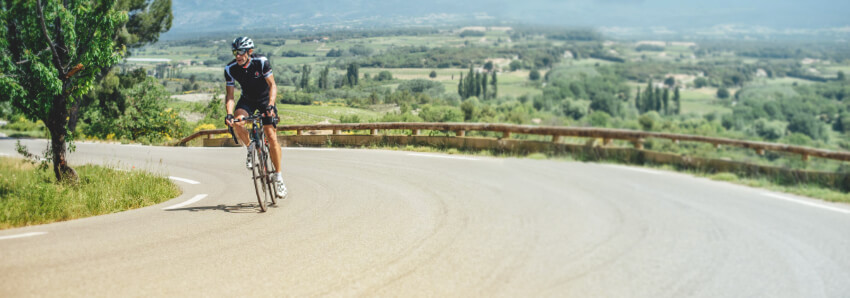
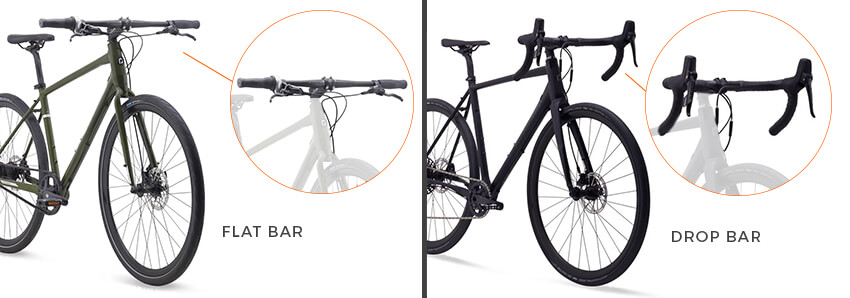


.jpg)
.jpg)
.jpg)
.jpg)

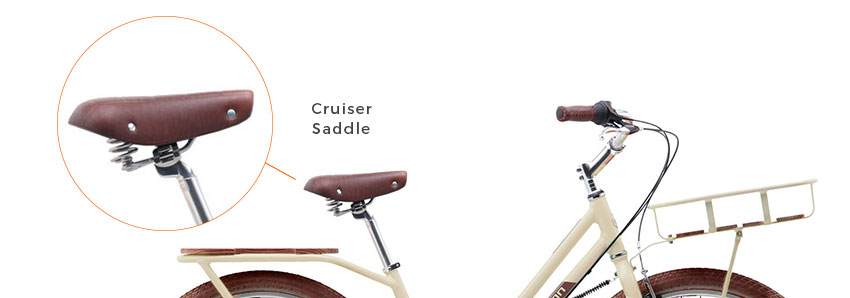
.jpg)

.jpg)
